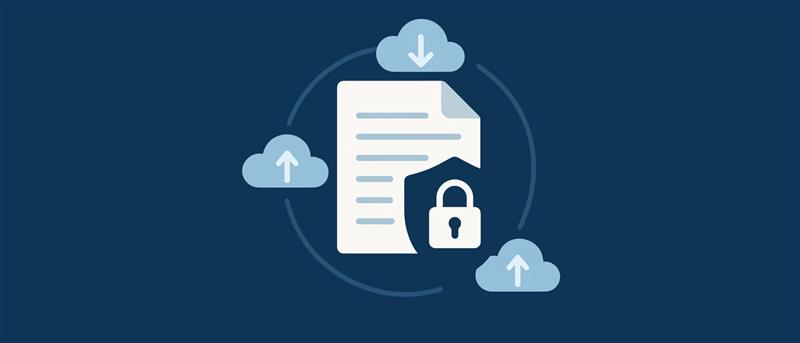In today’s fast-paced, digital-first world, sharing documents is a critical part of doing business. From contracts and financial statements to client data and internal reports, businesses exchange sensitive information daily. But with increased convenience comes increased risk. Cybercriminals are constantly on the lookout for opportunities to intercept, steal, or exploit confidential files.
Whether you’re sharing documents internally, sending them to clients, or collaborating with partners, implementing the right security measures is crucial to protect your business, your reputation, and your bottom line.
Here are seven essential document sharing security tips to keep your sensitive information safe:
1. Use Encrypted File-Sharing Solutions
Not all file-sharing platforms are created equal. Always choose tools that provide end-to-end encryption to ensure your documents remain secure during transfer and storage. Popular solutions like Microsoft OneDrive, SharePoint, Google Drive (with advanced security settings), or enterprise-level platforms like Citrix ShareFile are designed to safeguard your data.
Pro Tip: Check that the platform complies with industry security standards like ISO 27001, SOC 2, or HIPAA (if applicable to your business).
2. Set Strict Access Permissions
Avoid giving everyone blanket access to shared documents. Instead, apply the principle of least privilege – give users access only to the files they need.
- Use role-based permissions for employees and contractors.
- Apply password protection and expiration dates on shared links.
- Require multi-factor authentication (MFA) when accessing sensitive documents.
This helps minimize the risk of unauthorized access, whether from internal mistakes or external threats.
3. Avoid Emailing Sensitive Documents
Email may be convenient, but it’s not secure. Traditional email systems don’t encrypt attachments by default, making them an easy target for cybercriminals.
Instead, use secure document portals or encrypted file-sharing platforms whenever possible. If email is unavoidable, encrypt the attachments and use strong passwords – and share those passwords through a separate communication channel.
4. Enable Document Tracking and Version Control
Accidents happen – documents can be accidentally sent, downloaded, or edited by unauthorized users. By enabling document tracking, you can:
- See who accessed a file, when, and from where.
- Set alerts for unusual activity or suspicious login attempts.
- Roll back to previous document versions if unauthorized changes occur.
This not only improves security but also enhances collaboration and accountability.
5. Educate Employees on Secure Sharing Practices
Even the most secure tools can’t protect your business if employees don’t know how to use them properly. Implement regular cybersecurity training to cover:
- How to spot phishing attempts that request sensitive files
- Safe sharing practices and company-approved platforms
- Why strong, unique passwords matter for document security
Your employees are your first line of defense – make sure they’re prepared.
6. Monitor and Audit Document Access Regularly
Document security isn’t “set it and forget it.” Establish ongoing monitoring and audit trails to track who’s accessing and sharing sensitive files.
- Regularly review user permissions and revoke access when no longer needed.
- Audit shared links to ensure old or unused links don’t remain active.
- Use security dashboards from your document-sharing platform to spot red flags early.
7. Have a Data Breach Response Plan
Even with the best precautions, no system is 100% foolproof. A solid incident response plan helps you react quickly if something goes wrong.
- Define roles and responsibilities in the event of a breach.
- Notify impacted parties promptly and follow legal compliance requirements.
- Review and strengthen security measures to prevent repeat incidents.
Document sharing doesn’t have to be a security risk. With the right tools, processes, and employee training, you can protect sensitive information while maintaining efficient collaboration.
At Tobin Solutions, we help businesses implement secure file-sharing strategies, from choosing the right platforms to configuring access controls and training your team. Don’t leave your business vulnerable — proactive security is always less costly than a data breach.
